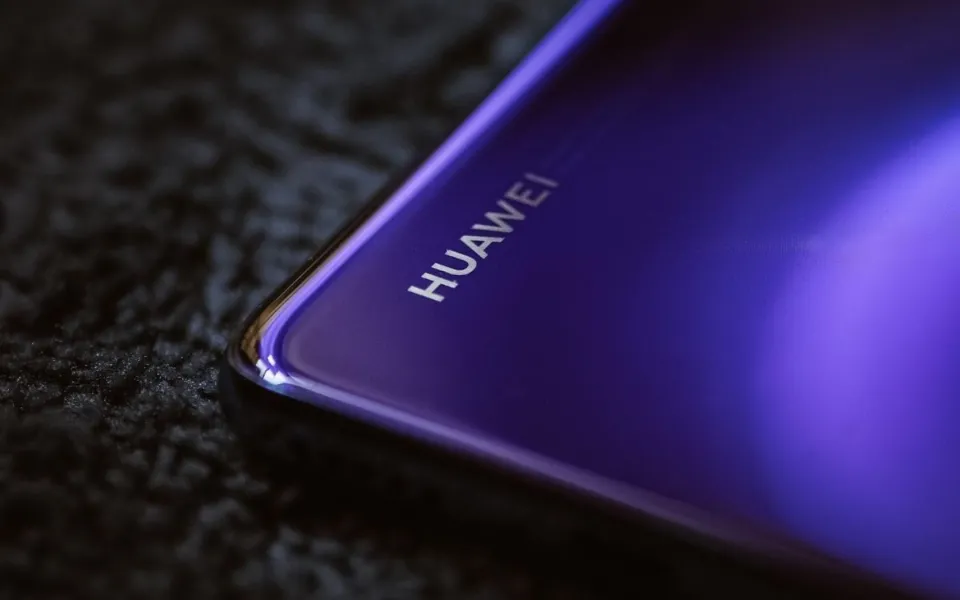Can Huawei’s New Smartphone Compete With Apple?
BEIJING/SHANGHAI: A new line of smartphones launched by China’s Huawei Technologies has drawn global attention to the technology, which shows the company has managed to beat US sanctions and could return to rival Apple.
In late August, the company announced the Mate 60 and Mate 60 Pro, and on Friday launched two more smartphones, the Mate X5, a new version of its foldable phones, and the Mate 60 Pro+. The Mate 60 starts at 5,999 yuan ($817.70), which is the same as Apple’s iPhone 14 in China.
Here are some key things you need to know about Huawei’s new phones, their suppliers and what they could mean for the world’s largest smartphone market:
WHAT CAN THE MATE 60 SERIES DO?
Huawei has mainly touted the smartphone’s ability to support satellite communications, which allows users to make calls or send messages even in areas without mobile signals or internet, such as mountains or the sea.
It hasn’t revealed details about the chips used, but analysis firm TechInsights has found that the phone has a new Kirin 9000s chip made by Semiconductor Manufacturing International Corp (SMIC) in China.
Speed tests shared by buyers on Chinese social media have suggested that the Mate 60 Pro can match the download speeds of high-end 5G phones.
Chinese buyers comparing the phones to Apple’s latest iPhone 14 have posted reviews online, saying they have comparable specs such as storage and memory. Huawei is also launching days before Apple is expected to release the new iPhone 15 on September 12.
WHO ARE THE SUPPLIERS OF MATE 60?
Huawei has not officially named the phone’s component suppliers, although in addition to SMIC, TechInsights said it found DRAM and NAND components from South Korea’s SK Hynix in the phone.
SK Hynix, which announced it had stopped doing business with Huawei after the US imposed restrictions on the company in 2019, has said it will investigate the matter.
The Mate 60 Pro includes more Chinese-made chip components than previous models, TechInsights also said.
Lists of potential Chinese suppliers have been widely circulated online, and shares of companies touted as possible candidates have risen on the speculation.
Most of these are Huawei’s current suppliers. For example, mold manufacturing Dongguan Chitwing Technology Co. Ltd shares rose by a daily cap of 10% in the days following Huawei’s announcement. It did not respond to Reuters’ request for comment.
Suzhou-based display maker Visionox Technology, whose shares have risen 15 percent since launching new smartphones on Aug. 29, told Reuters it was the supplier of the new Mate 60 series.
WHAT COULD IT MEAN FOR APPLE IN CHINA’S SMARTPHONE MARKET?
Huawei was once the world’s biggest smartphone company by sales, but its market share has steadily fallen since the United States cut its access to the chip-making tools needed to make its most advanced phone models. The company was only able to sell limited batches of 5G models using stockpiled chips.
Its market share in China, the world’s biggest smartphone market, has fallen to 11 percent so far this year from 27 percent in 2020, partly because it planned to sell its budget brand Honor in what it described at the time as a bid to ensure its survival.
The US restrictions left Apple as the largest premium smartphone maker in China. According to data from the research company Counterpoint, Apple’s market share in China rose from 11 percent to 19 percent in the same period.
Analysts say the Mate 60 could mark Huawei’s return as a competitor, with sales helped by patriotic fervor as state media and internet users cheer the launch as a blow to the US amid rising tensions between Washington and Beijing.
TF International Securities analyst Ming-Chi Kuo said he expects the Mate 60 Pro to ship 5.5 million to 6 million units in the second half of this year, up 20% from previously projected volumes.
And cumulative shipments of the Mate 60 Pro could reach at least 12 million units 12 months after launch, according to Kuo.




